John Muir Trail Thru-Hiking Gear List (16.3 lb Base Weight)

Here is an example of a complete thru-hiking gear list for the John Muir Trail. If you are planning to hike the entire 210 mile trail from Yosemite to Mount Whitney, this list includes everything I think you’ll need for hiking in the Sierras during the typical Summer hiking season.
The JMT is unique for it’s remoteness, high elevation, black bears, mosquitoes, creek-crossings and sometimes snow. This list includes a bear canister, cold weather bag, bug net and DEET, 7 days of food and optional snow gear. Feel free to use this template to design your own gear list.
The Big Four
Weight: 7.4 lbs
Clothing Worn
Weight: 4.0 lbs
Clothing Packed
Weight: 3.1 lbs
Cooking & Hydration
Weight: 1.2 lb
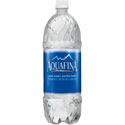
1 Liter Aquafina Bottle
Weight: 1.5 oz
Survival & Miscellaneous
Weight: 5.6 lbs
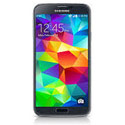
Smartphone
Weight: 5.5 oz
Optional Gear For High Snowpack Conditions
*These items are typically only needed when there is high snow-pack in the mountains early in the season (before mid-July) or following a winter with above average snowfall.
Consumables
Weight: 17.7 lbs

1 Liter
Weight: 2.2 lbs

Advil, Tylenol PM, Immodium AD, Bennadryl
Weight: 0.5 oz

Rubbing Alcohol (1 fl oz)
Weight: 1.5 oz
Weight & Cost Summary
The Big Four
Clothing Packed
Cooking and Hydration
Survival and Miscellaneous (minus trekking poles)
7.4 lbs
3.1 lbs
1.2 lbs
4.6 lbs
Base Pack Weight
+ Consumables
Full Pack Weight
16.3 lbs
17.7 lbs
34.0 lbs
Clothing Worn
Trekking Poles
4.0 lbs
1.0 lbs
39.0 lbs
$2,900



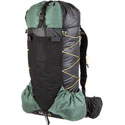
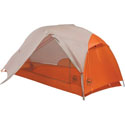
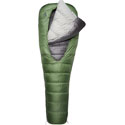
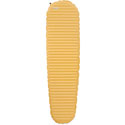
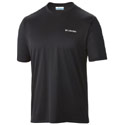

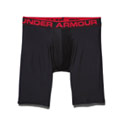

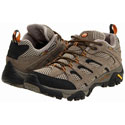

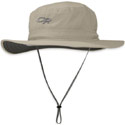

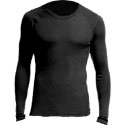

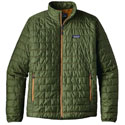
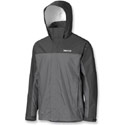

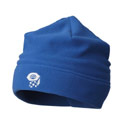
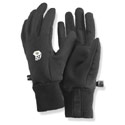
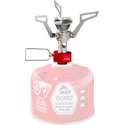
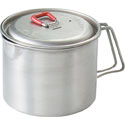
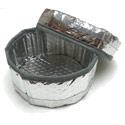

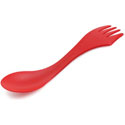
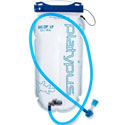
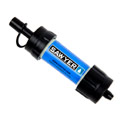
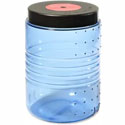
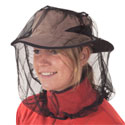
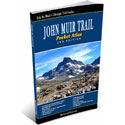
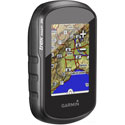
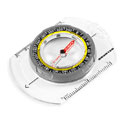
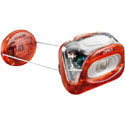
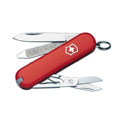

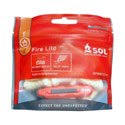

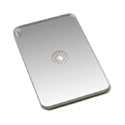
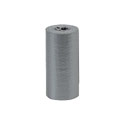
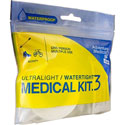
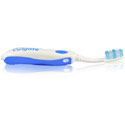


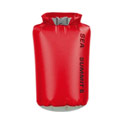
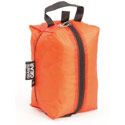
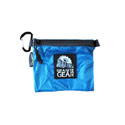
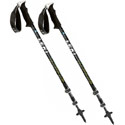

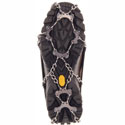

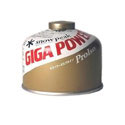
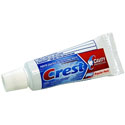


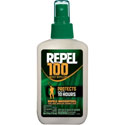
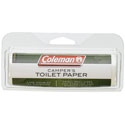
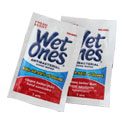

 My name is Erik Asorson, aka "Erik the Black." I'm a long-distance backpacker, cartographer and author of
My name is Erik Asorson, aka "Erik the Black." I'm a long-distance backpacker, cartographer and author of 

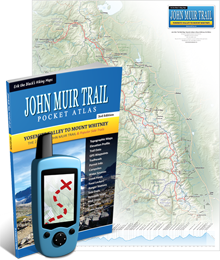
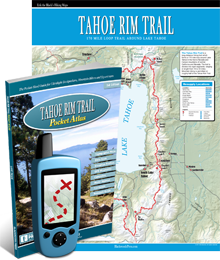
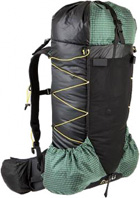
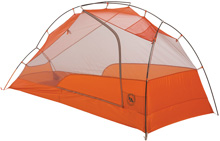
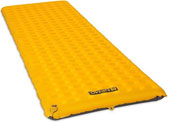
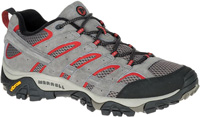

How are you carrying a bv500 in an Ohm pack? I didn’t think that was possible
Al: It won’t fit inside the pack, but you can strap it on top horizontally using the long center strap. I find it more comfortable that way because it doesn’t poke me in the back, and it’s easy to pull of during breaks to use as a stool and get food.
Awesome list! Would be even more awesome if weights would also be shown in metric units (i.e. kg/g) for non-American readers 🙂
Are you still using the Moab’s? Have you tried the Lone peak Altra’s? I have both and am leaning towards the latter for my JMT, but I don’t have a lot of mileage on them yet.
@James: Yep, I’m still using the Moabs. They’re all I’ve worn for the last 12 years. I like them so much that I really haven’t bothered testing any other shoes. The only change is I switched from the low-tops to the high-tops since my ankles are getting kinda rickety.
Erik, I have a mid August JMT. How much water should I expect to carry with me? Is the big zip you carry just for camp?
@James: There is lots of water on the JMT (every couple of miles in most cases.) You probably won’t need to carry more than 1-2 liters between fill-ups (depending on whether you want to step at every water source or pass up a couple before refilling.) I carry both bottles and a bladder because the bladder is easier to drink out of on the go and the bottles are easier to drink and pour out of in camp.
Other than leaving my key for the terminus vehicle in the trail head vehicle, and losing both my dimes to open my bear can, the hike went off without a hitch. Thank you sir
Hey great list you put together here! Doing the JMT NOBO starting July 30th 2018. I’ve been going thru countless YouTube videos and different blogs trying to find an average “skin out” weight for most JMters. Seems to be pretty hard to find these days with everyone putting such an emphasis on only boasting their base weights
Hi Erik,
Based on your JMT gear list, I decided to go with a BA Copper Spur UL1. I hope to do the JMT in late 2018, and was wondering where you kept your pack/extra gear with that tent? In the tent, vestibule, further outside? I’m most concerned about the mini bears (smellables in a bear can of course) and the weather. Thanks for any thoughts/suggestions.
@Mike: I put my shoes outside in the vestibule, empty pack underneath the foot of my sleeping pad, spare clothing in stuff sack used as a pillow, and the little miscellaneous things sort of stuffed in around the sides of the sleeping pad (inside the tent.)
Erik,
Question…How and would you adjust for a late September/ early October SOBO hike?
@Joby: It’s probably going to be colder with the possibility of some early fall snow. The overnight temperatures may drop down into the teens. The good news is the mosquitoes should be gone by then, and the creeks won’t be as swollen with snow-melt as they are in early summer. This list includes a lightweight wool base layer, lightweight jacket and a 15 degree bag. Depending on the way the weather plays out, and your tolerance for cold, this might be good enough. But, you might want to bump it up a notch and pack a midweight base layer, slightly warmer jacket and a zero degree bag. I would recommend carrying a GPS, just in case you do get some snow that obscures the trail and makes it harder to navigate. You should probably pack a little extra food too, in case you have to hunker down and wait out a storm or slow your pace. I think everything else should work out OK. I’ve used most of this kind of gear in fall snowstorms with temperatures in the teens before. The main concern is just staying warm enough, which can vary a lot from person to person.